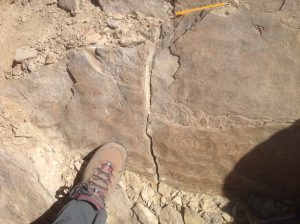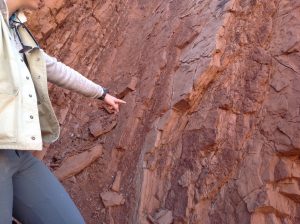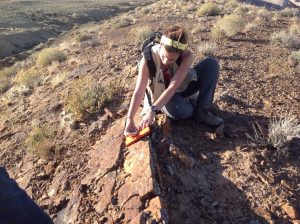I plan to interview Ana Meyerson, the geology department secretary at Lafayette College, later this afternoon. I will film the interview in the style that has Ana addressing the audience, responding to questions I ask her. I will not have my voice or self in the shots. If necessary during the interview, I will ask questions in different ways so that she incorporates them into her answers. This will allow the audience to more fully understand the flow. I plan to interview her in her office in the department, as it shows how central she is to running the show. I want the interview to convey how important her work is to the department’s success. In addition, her office area is also always full of plants and photos and books and positivity, which shows a large part of her character.
In terms of B-roll, I plan to film a few things: the outside of Van Wickle by her office, possibly a few shots inside the building, and hopefully a few shots of Ana and students participating in an upcoming geology lunch event held for upper-class majors. I will run this by the department head before filming anything.
In terms of the actual interview, I have a few things I want to make sure we touch on. I first want to discuss how she became involved at Lafayette and in the geology department here, and what she does in the department. Ana goes absolutely above and beyond, so I want to bring to light how helpful and enthusiastic she is. I want to talk about how she takes classes here and overall how hard she works.



